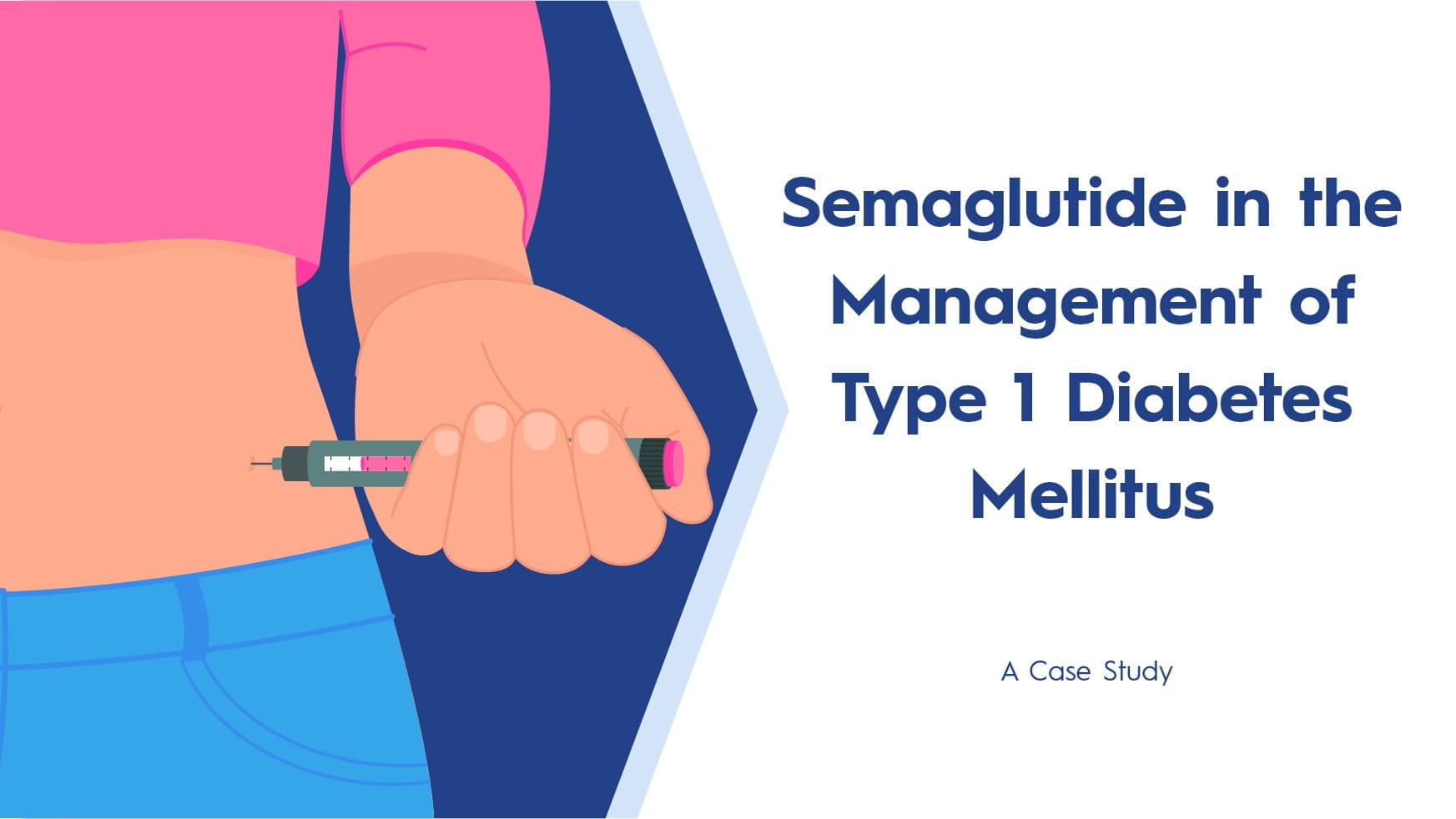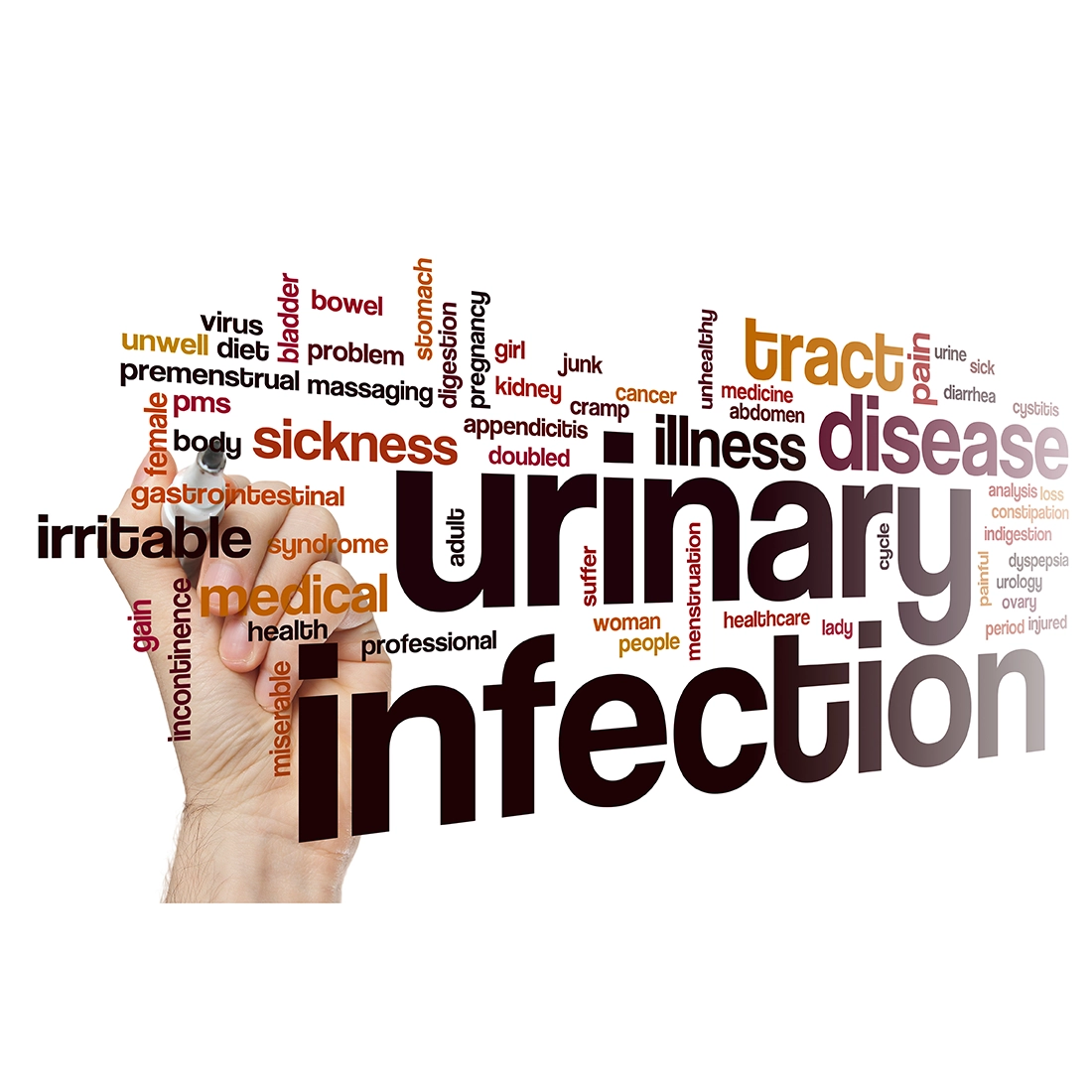Hey there! Welcome!
Get updated on
Select Speciality
Top Picks
14 Jul, 25 ESHRE 2025
ESHRE 2025
In a survey of 251 women without infertility, 47% perceived their AMH as low—leading to higher emotional distress, regret, and decisions like earlier conception or egg freezing. Despite AMH not predicting fertility, poor understanding and lack of counseling drove anxiety and unnecessary actions. Findings urge for better-informed AMH testing practices and ethical use.
14 Jul, 25 ESHRE 2025
ESHRE 2025
Unhealthy sleep patterns—like short sleep, insomnia, snoring, and excessive sleepiness—were linked to increased POI risk in large-scale UK and US cohorts. Women with healthier sleep habits had up to 41% lower risk. The findings suggest sleep health is a modifiable factor that may help prevent POI and support reproductive well-being.
16 Jul, 25 Clin Rheumatol.
Clin Rheumatol.
Findings from the Indian Pediatric Lupus Nephritis registry showed that nearly two-thirds of children with systemic lupus erythematosus had lupus nephritis (LN) at diagnosis/within 5y. Class IV LN was the most frequent and severe subtype. Edema (75%), hypertension (54%), nephrotic-range proteinuria (68%) & AKI (43%) were common. Most children had low complement levels & were anti-nuclear antibody-positive.
16 Jul, 25 BJOG.
BJOG.
Researchers analyzing 2,672 women with singleton pregnancies and vaginal deliveries at ≥ 35 weeks found a linear inverse association between immediate postpartum hemoglobin levels and depressive symptoms at 2 months. Every 1 g/dL rise in hemoglobin was linked to a 9% drop in depressive symptoms (aRR 0.91), with a stronger correlation for moderate symptoms (aRR 0.84) but not for severe cases.
16 Jul, 25 Cardiovasc Diabetol.
Cardiovasc Diabetol.
A study explored how changes in MASLD correlate with the risk of T2DM, CVD, and mortality. Of 4.3 M adults without T2DM, those with persistent MASLD had a 5.28-fold higher risk of developing T2DM than those without MASLD. Incident or regressed MASLD also carried elevated risks (HR 3.30 & 2.87, resp.). In adults with preexisting diabetes, persistent MASLD raised risk of HF (28%), MI (15%), stroke (14%), & death (11%).
15 Jul, 25 J Am Heart Assoc.
J Am Heart Assoc.
MASLD and MetALD heighten the risk of new-onset AF, independent of alcohol intake. Over 9.6 years, MASLD patients not consuming alcohol had a 32% elevated risk of AF, whereas those consuming alcohol and having either MASLD or MetALD showed a greater risk (aHR 1.48). MASLD patients who didn’t drink had a higher AF risk than drinkers irrespective of steatotic liver disease status (aHR 1.11).
18 Jun, 25
Featured

15 Jul, 25

24 Jun, 25

24 Jun, 25















